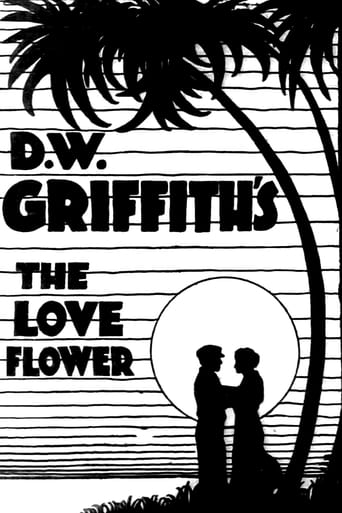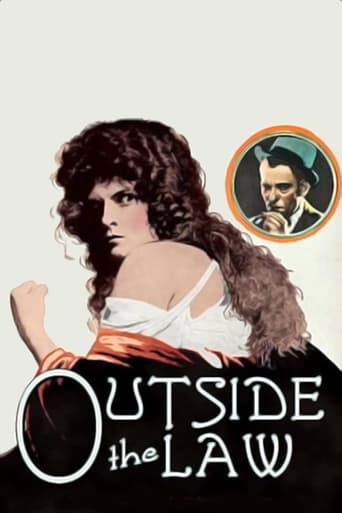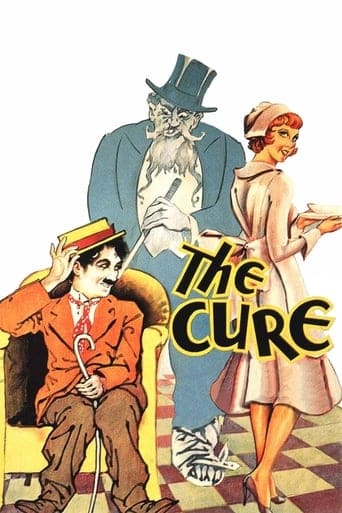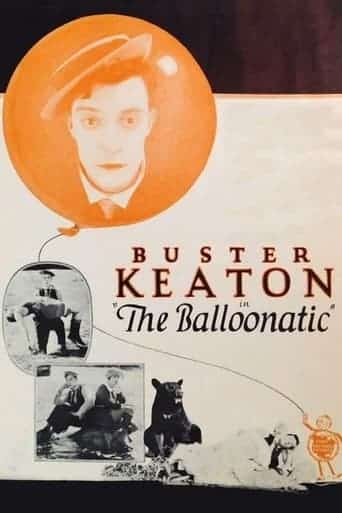The Love Flower (1920)

 In the annals of silent cinema, D.W. Griffith’s “The Love Flower” (1920) stands as a nuanced exploration of human frailty, crime, and the transformative power of love.
In the annals of silent cinema, D.W. Griffith’s “The Love Flower” (1920) stands as a nuanced exploration of human frailty, crime, and the transformative power of love.
Starring Carol Dempster, Richard Barthelmess, and George MacQuarrie, this silent classic weaves a captivating narrative set against the lush backdrop of the South Pacific.
The film introduces us to a man driven to extremes by jealousy and betrayal. Fueled by uncontrollable rage, he commits the ultimate crime, murdering his wife’s lovers. Faced with the consequences of his actions, he takes refuge in the distant and idyllic landscapes of the South Pacific, accompanied only by his daughter.
As the narrative unfolds, a detective hot on the trail of the fugitive introduces an element of suspense. The pursuit adds tension to the story, mirroring the internal conflict of the protagonist as he grapples with the shadows of his past. The detective is soon joined by a young man, and their quest becomes a journey of discovery and, ultimately, redemption.
Central to the narrative is the daughter, a symbol of innocence amidst the turmoil. As the detective and the young man get closer to their elusive target, the daughter becomes a focal point of the evolving drama. Her character embodies the potential for healing and renewal, offering a glimmer of hope in the face of the dark events that precede their arrival.
Love emerges as a transformative force in “The Love Flower.” The young man, originally part of the pursuit, undergoes a change of heart as he gets to know the daughter. The power of romantic love, portrayed against the stunning backdrop of the South Pacific, becomes a catalyst for personal growth and redemption.
The silent nature of the film enhances its emotional impact. The absence of spoken words directs the focus to the expressive visual storytelling and the evocative musical accompaniment. Every frame becomes a canvas upon which the complexities of the characters’ emotions are painted, inviting the audience to engage with the story on a profound level.
D.W. Griffith, a pioneer in the language of cinema, employs his directorial prowess to craft a tale that transcends the limitations of words. “The Love Flower” relies on visual symbolism, subtle gestures, and the emotive power of the actors to convey the intricate layers of the narrative. The result is a cinematic tapestry that unfolds with the rhythmic cadence of a silent symphony.
As the characters navigate the challenges of the South Pacific landscape, both external and internal, “The Love Flower” invites contemplation on the human condition. It explores themes of guilt, the pursuit of redemption, and the enduring capacity of love to heal wounds and reshape destinies.
In the grand tradition of silent cinema, “The Love Flower” stands as a testament to the artistry and vision of D.W. Griffith. The film’s enduring appeal lies not only in its narrative intricacies but also in its ability to evoke universal emotions through the language of visuals and music.
As the final frames unfold, the audience is left with a sense of catharsis—a journey undertaken, lessons learned, and the transformative power of love illuminated. “The Love Flower” remains a silent gem that continues to captivate audiences, inviting them to immerse themselves in the timeless exploration of crime, redemption, and the enduring force that binds humanity together.
Release Date: August 22nd, 1920
Main Cast Members
Carol Dempster (Stella Bevan)
Richard Barthelmess (Bruce Sanders)
George MacQuarrie (Thomas Bevan)
Anders Randolf (Matthew Crane)
Crauford Kent (Her Visitor)
Adolph Lestina (Bevan’s Old Servant)
Loading live eBay listings...




